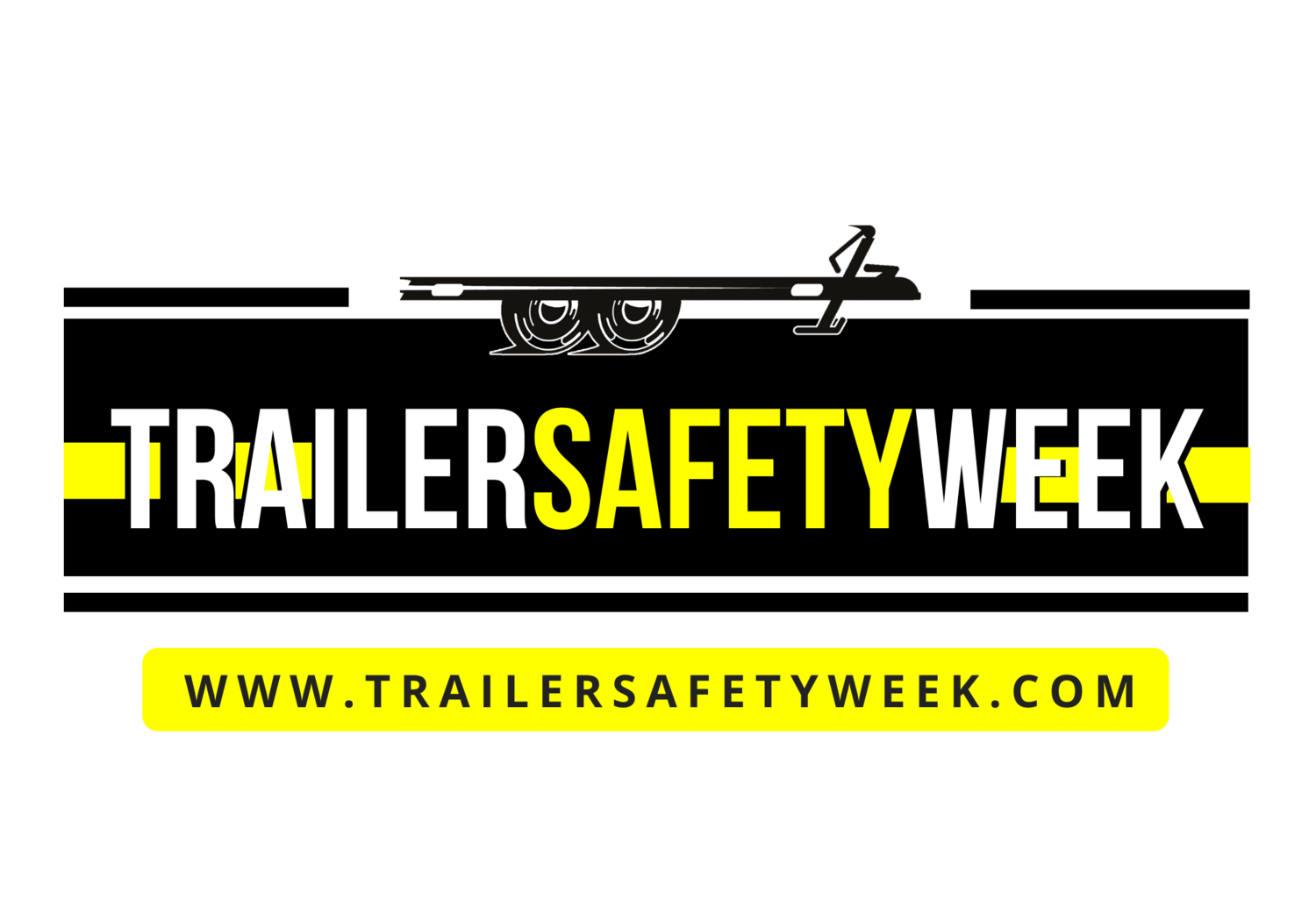Essential Tips for Safe Trailer Loading
Whether you’re hauling equipment, a boat, or weekend gear, how you load your trailer can make a difference between a smooth ride and encountering an emergency roadside. Improper trailer loading is one of the leading causes of sway, jackknifing, and loss of control.
Understanding Your Trailer
Before diving into loading techniques, always review your trailer owner's manual. Every trailer is designed differently, and understanding how it was engineered to carry a load is essential for safe towing. The guidelines provided here are general; for specifics, always defer to your trailer's manual.
Weight Distribution
Proper weight distribution is key to safe trailering. Uneven or improper loading can put extra stress on both the tow vehicle and the trailer, potentially leading to excessive sway or even loss of control.
Balancing Load Weight
Achieving a balanced load weight from side to side is just as important as front-to-back distribution. A simple way to check for side-to-side balance is to observe how the trailer sits when parked on level ground, or to use a portable trailer scale. Once you’ve got the weight balanced correctly, make sure the load is secured. Unsecured cargo can shift during transit, creating stress and making the trailer difficult to control. Use the appropriate size and style of cargo securement straps to prevent failures during transit.
Avoid Overloading
Never overload your trailer with cargo. However, it's also crucial not to underload the tongue weight. Tongue weight refers to the downward force applied by the towable equipment on the hitch ball. Generally, this should be about 10-15% of the trailer's gross weight for light- to medium-duty trailers. Always check your trailer's manual for the correct tongue weight.
Achieving Proper Tongue Weight
To achieve the right tongue weight, distribute approximately 60% of the load forward of the axle and 40% behind it. Incorrect distribution can lead to dangerous trailer sway, so it's important to get this balance right.
Consider Tip-Over Performance
When hauling tall cargo, consider the trailer's tip-over performance. This refers to the amount of centrifugal force the trailer can withstand when turning before it risks tipping over. Always slow down when going around corners to reduce this force.
Final Check
Before you hit the road, weigh your vehicle to ensure everything is properly loaded. Visit a public weigh station to confirm your trailer’s total weight is within the legal and safe towing limits. Check your state’s highway patrol website to find a weighing station near you. This final check can save you from potential issues down the line.
As you prepare for your next adventure on the road, remember that safe loading practices are not just guidelines—they’re essential for the safety of everyone around you. A well-balanced and securely loaded trailer can make all the difference in ensuring a smooth and incident-free journey. Before you hit the road, take a moment to go through this quick loading safety checklist to keep your towing experience both safe and enjoyable:
Position 60% of the weight in front of the axle
Ensure the load is balanced from side to side
Secure all cargo with appropriate straps and tie-downs
Verify that the tongue weight is 10-15% of the gross trailer weight
Avoid overloading your trailer
Check the trailer height for optimal stability
Weigh your trailer before you travel
By keeping these crucial points in mind, you’ll not only be protecting yourself and your passengers but also contributing to safer roads for everyone. Here's to many safe and happy miles ahead!


While it's tempting to opt for a heavy-duty hitch for towing purposes, many overlook the importance of matching the hitch to the tow vehicle's specifications. This oversight can lead to serious safety hazards on the road.